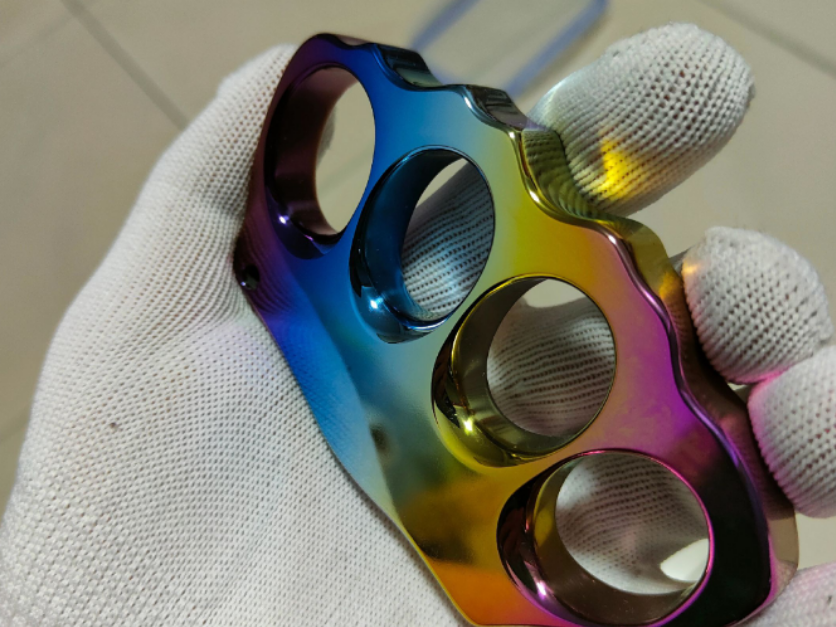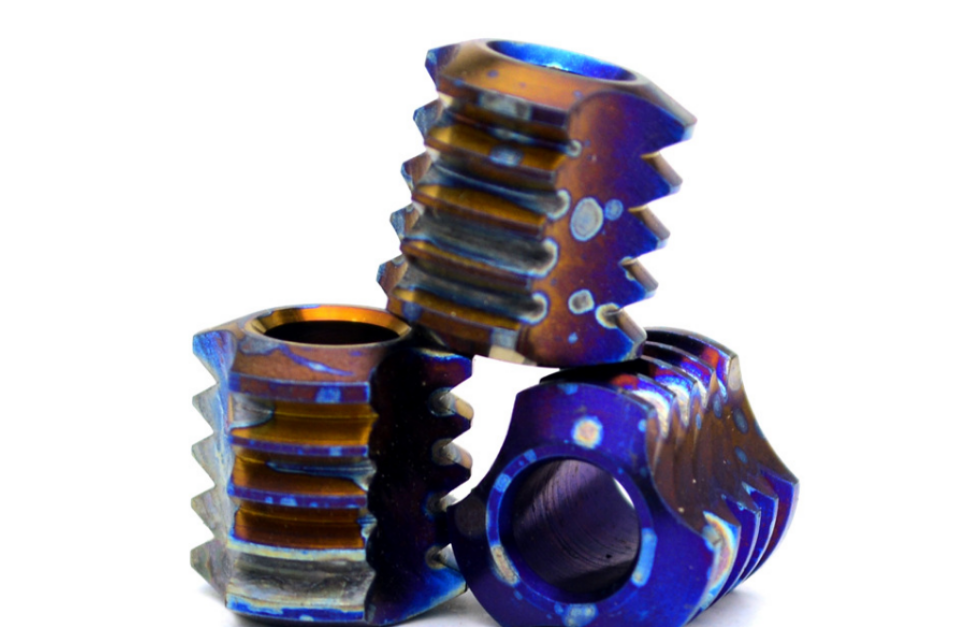

Titanium and titanium alloys are widely used in many fields due to their unique physical and chemical properties. So, do titanium and titanium alloys oxidize in air? The answer is yes, but the degree of oxidation is closely related to temperature.
At room temperature, titanium is extremely stable. When exposed to air, its surface rapidly forms a dense oxide layer. This oxide layer is tightly structured and stable, capable of resisting even highly corrosive substances such as aqua regia, providing excellent protection for titanium and titanium alloys and preventing further oxidation at room temperature.
However, when the temperature rises, the properties of titanium change significantly. Under high-temperature conditions, titanium becomes extremely reactive and highly oxidizing, capable of removing oxygen from oxides. In other words, the oxidizing properties of titanium increase as the temperature rises. Depending on the high-temperature oxidation temperature, the oxide film formed on the surface of titanium will also vary, resulting in different colors on the oxidized surface.
Based on the characteristic that titanium exhibits different colors when oxidized at different temperatures, titanium alloy manufacturers have developed a variety of coloring methods, primarily including atmospheric oxidation, anodic oxidation, and chemical treatment. Among these, anodic oxidation is a commonly used coloring method. The following experiment provides an in-depth look at the operational process and principles of anodic oxidation.
First, prepare the solution. Prepare sulfuric acid and distilled water, and mix them in a ratio of less than 1:10 to obtain a low-concentration sulfuric acid solution. This step is the basis of the anodizing process, and the concentration and ratio of the solution will directly affect the subsequent coloring effect.
Before conducting the formal coloring test, conduct an experiment using scrap titanium plates. Use the titanium plates as the anode and thick copper wire as the cathode, and place them together in the prepared electrolyte solution. After connecting the power supply, bubbles will begin to form in the electrolyte solution, indicating that the electrolysis process has begun. This step is primarily to familiarize oneself with the operational process and observe the initial phenomena of the electrolysis reaction, preparing for the subsequent formal coloring process.
Next, the coloring process is carried out. The titanium products that need to be colored are placed in the previously prepared aqueous solution, and the specified voltage is set to 15V. There are no strict restrictions on the power supply time, which can be adjusted according to actual coloring requirements and the observed coloring results. During the power supply process, as the reaction proceeds, the aqueous solution gradually changes, and the original aqueous solution gradually turns into a blue copper sulfate solution. At the same time, it can be clearly seen that the titanium surface has been successfully colored. This is because, during this process, an oxidation reaction occurs on the surface of the titanium, forming an oxide film with a specific color, thereby achieving the purpose of coloring.
In summary, titanium and titanium alloys do indeed oxidize in air, and the degree of oxidation and color change are closely related to temperature. However, through coloring methods such as anodizing, titanium and titanium alloy products can be given different colors to meet diverse application needs.
